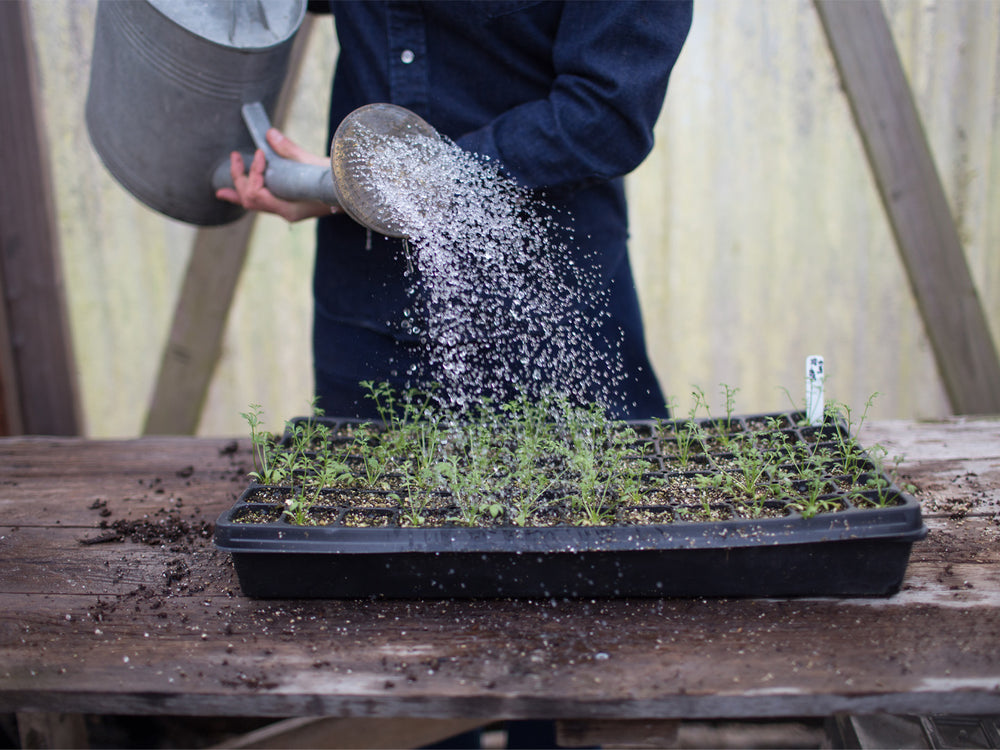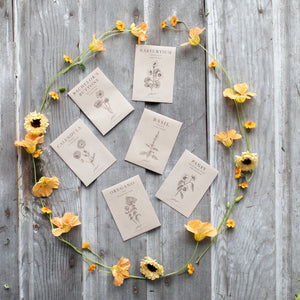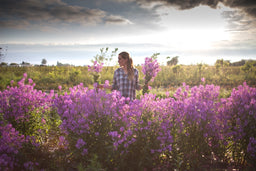Foxglove ‘Obscura Sunset’
Digitalis obscura
Description
Thin, sturdy, dark chocolate-colored stems are covered in rusty red bells with glowing orange-copper throats. Knee-high plants are on the shorter side, but what they lack in stature they make up for with their versatile coloring. This variety is perfect for flower arranging and is extremely long lasting.
Please note: All parts of foxglove are poisonous, including the seeds. Use caution around children and pets.
Details
Height: 18 to 24 in
Site: suitable for some degree of shade
Days to maturity: 330 to 360 days
Plant spacing: 9 to 12 in
Pinch: not necessary
Seed Sowing & Growing Notes
Sow seed from late spring to early summer and plant seedlings in the garden at least 6 weeks before your first autumn frost. Plants will overwinter in the garden and bloom the following spring. Seeds are very small; bottom-watering is recommended until plants emerge.
Harvesting/Vase Life
Details
Description
Thin, sturdy, dark chocolate-colored stems are covered in rusty red bells with glowing orange-copper throats. Knee-high plants are on the shorter side, but what they lack in stature they make up for with their versatile coloring. This variety is perfect for flower arranging and is extremely long lasting.
Please note: All parts of foxglove are poisonous, including the seeds. Use caution around children and pets.
Details
Height: 18 to 24 in
Site: suitable for some degree of shade
Days to maturity: 330 to 360 days
Plant spacing: 9 to 12 in
Pinch: not necessary
Seed Sowing & Growing Notes
Sow seed from late spring to early summer and plant seedlings in the garden at least 6 weeks before your first autumn frost. Plants will overwinter in the garden and bloom the following spring. Seeds are very small; bottom-watering is recommended until plants emerge.
Harvesting/Vase Life
Sources
How to Grow

Winter Mini Course: Seed-Starting 101
Learn how to start flowers from seed in this three-part video series
In this free video series, you’ll learn everything you need to know to successfully start flowers from seed, including all of the necessary supplies, step-by-step instructions, special tips and tricks, and how to create a simple indoor seed-starting area.















